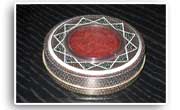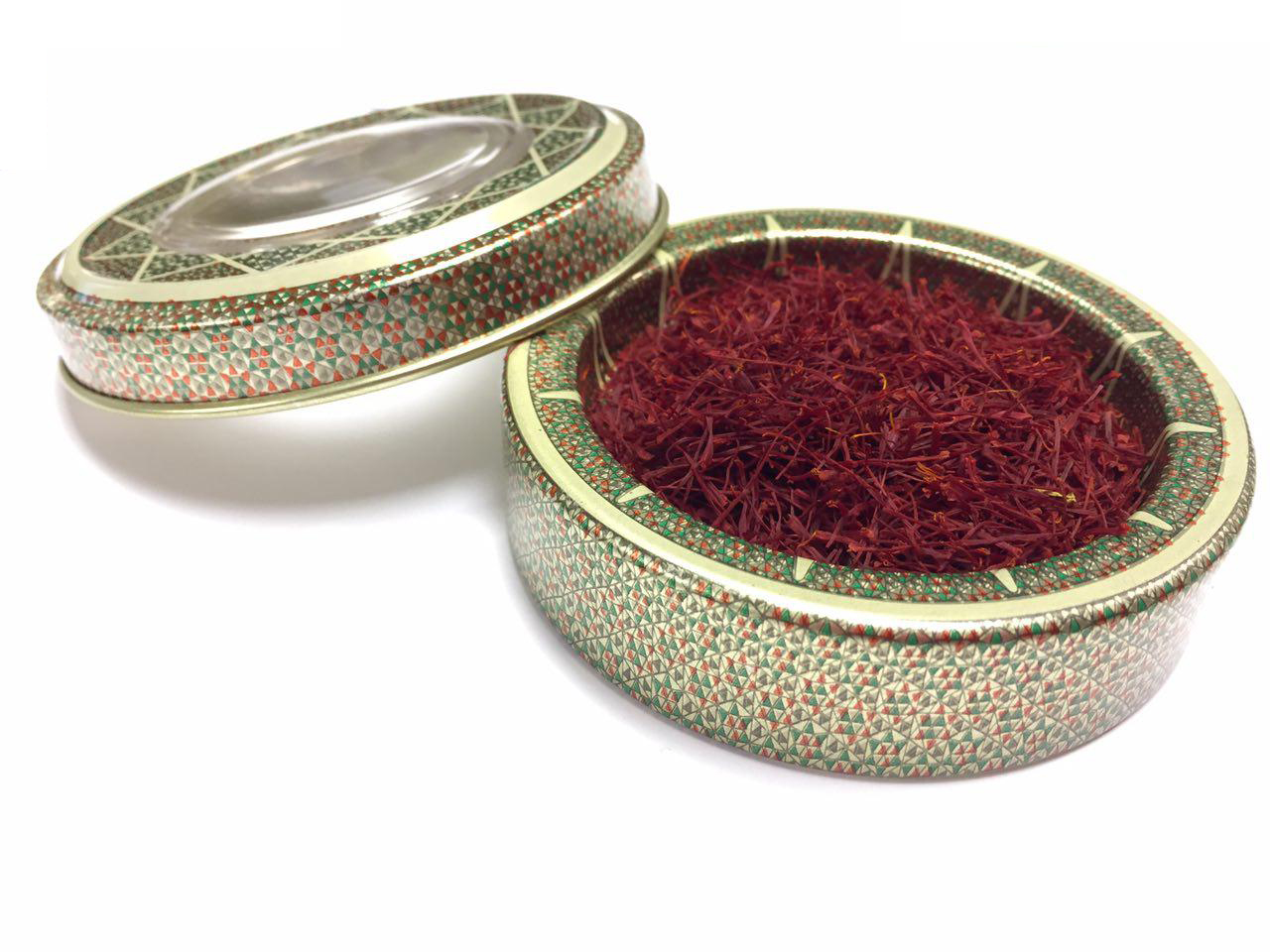How to Preserve Quality and Attract Global Buyers
Saffron, known as the “red gold,” is one of the most delicate and valuable spices in the world. To maintain its purity, aroma, and vibrant color, proper saffron packing is essential. Not only does it protect the product during transport and storage, but it also plays a key role in branding, shelf appeal, and compliance with export regulations.

Why Proper Saffron Packing Is Crucial
High-quality saffron demands high-quality packaging. Since saffron is light, fragile, and sensitive to moisture, air, and sunlight, poor packing can reduce its quality and market value. Moreover, with increasing demand in global markets, consumers and importers now expect premium packaging that reflects the saffron’s authenticity.
Several factors highlight the importance of saffron packing:
-
Preservation: Exposure to air and light can degrade the color and aroma. Therefore, airtight and UV-protected containers are a must.
-
Brand Identity: Custom-designed packaging builds trust and enhances brand visibility in competitive markets.
-
Compliance: International buyers often require labeling in line with food safety and traceability standards.
In addition, attractive and informative packaging can influence buying decisions both online and in retail stores.
Popular Saffron Packaging Types and Materials
Today, saffron is packed in various formats, each designed for a specific market or use case. Let’s explore the most common and effective saffron packing solutions:
-
Glass Jars: Transparent glass jars offer an elegant look and allow buyers to see the product clearly. However, they should be tinted or stored in boxes to avoid light exposure.
-
Metal Tins: Durable and light-proof, metal tins are perfect for export and bulk packaging. Many premium brands use tin boxes with printed labels and tamper seals.
-
Acrylic and PET Boxes: These are affordable, lightweight, and often used for retail packaging. While they provide visibility, they must be stored away from light to prevent saffron degradation.
-
Foil Pouches: For cost-effective bulk or single-use sales, foil-lined pouches with zip seals offer strong protection against moisture and air. Moreover, they are ideal for online shipping.
-
Luxury Packaging: Wooden boxes, velvet cases, and gold-stamped containers cater to high-end customers. These packages make saffron ideal for gifting or a gourmet display.
Each packaging choice should combine function with aesthetics, especially when targeting international markets.
Key Features of Export-Ready Saffron Packing
To stand out in global trade, saffron exporters should focus on packaging that meets both visual and regulatory expectations. Here’s what to prioritize:
-
Airtight Sealing: To preserve aroma and freshness.
-
Light Protection: Use opaque or dark containers, or add outer boxes.
-
Labeling Compliance: Include origin, grade, weight, batch number, expiry date, and certifications (e.g., ISO, organic, PDO).
-
Tamper Evidence: Seals or shrink bands build customer trust.
-
Custom Branding: Unique designs and logos increase brand recognition.
Furthermore, eco-friendly and recyclable materials are gaining popularity, especially among European and North American buyers.
Invest in Smart Saffron Packing for Long-Term Success
Effective saffron packing is more than a protective step—it’s a marketing tool, a compliance measure, and a quality guarantee. By choosing the right materials, following export guidelines, and focusing on visual appeal, producers and exporters can significantly boost their saffron’s global value. In conclusion, great saffron deserves great packaging.






